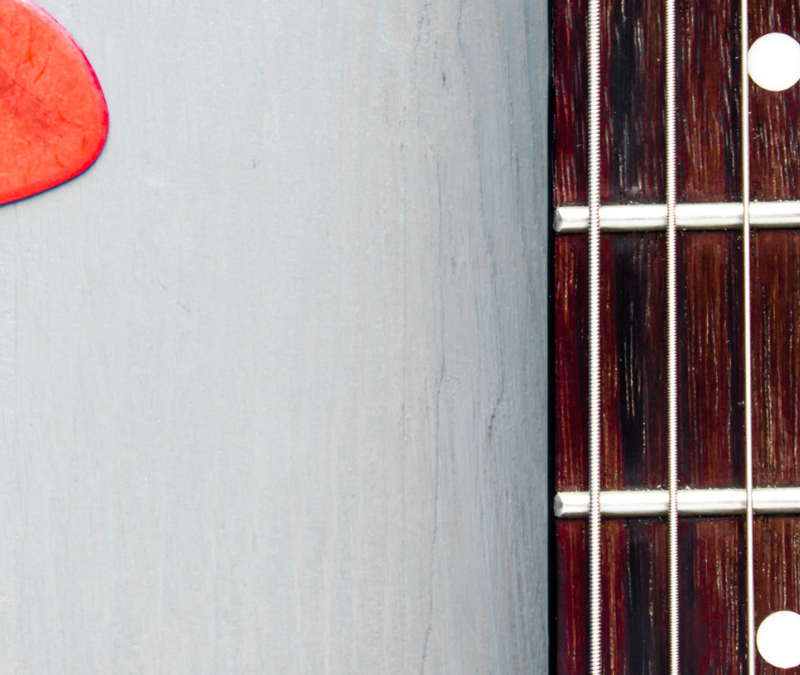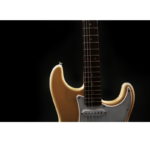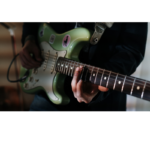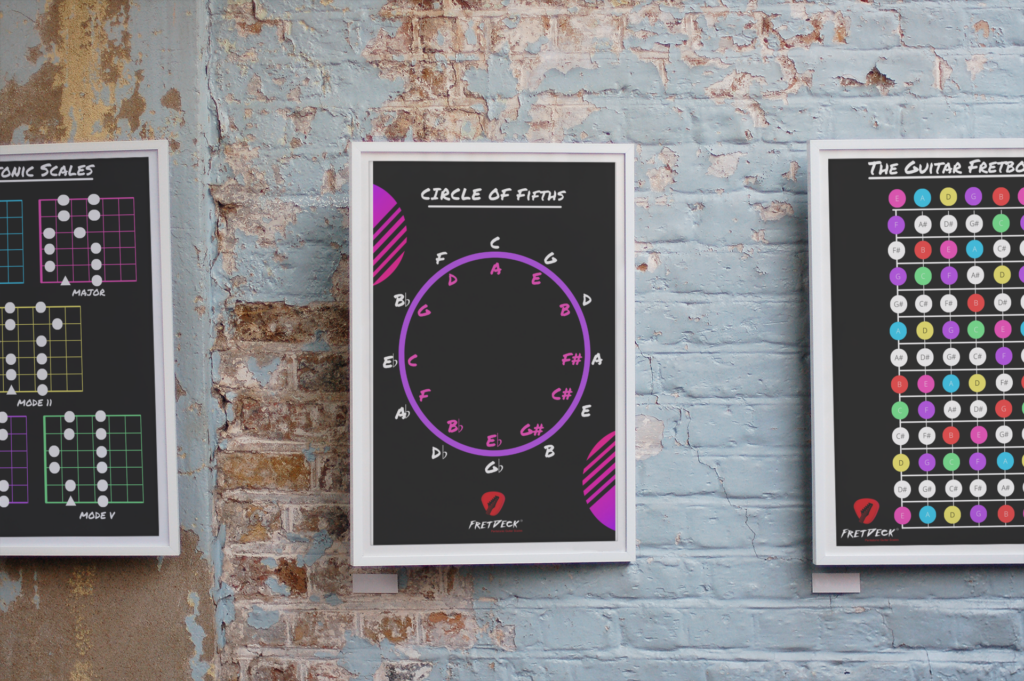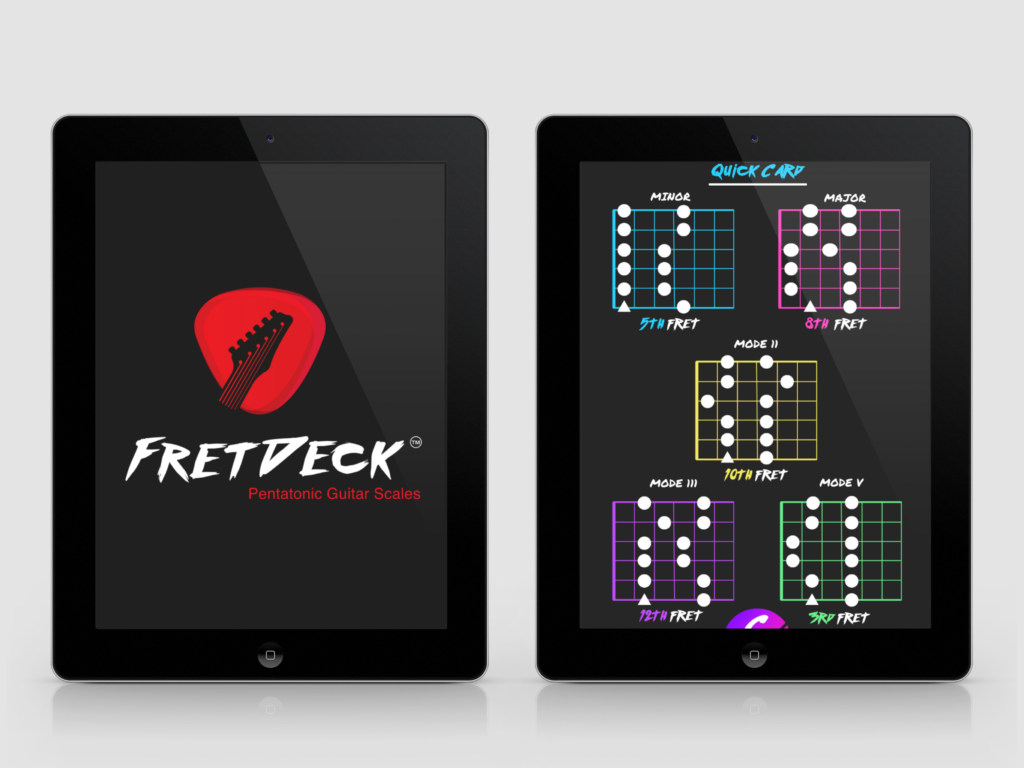The guitar fretboard can feel like a maze of notes and patterns—confusing at first glance, but full of endless possibilities once you unlock its secrets. Learning how to memorize the guitar fretboard is the key to mastering scales, improvisation, and understanding chords. With the right approach, you can simplify the process and build a foundation that boosts your confidence as a guitarist.
This guide provides a step-by-step method to help you memorize notes, scales, and patterns across the fretboard. With consistent practice and a few powerful techniques, you’ll unlock the full potential of your instrument.
Why Memorizing Guitar Fretboard is Essential
Knowing the fretboard goes beyond simple memorization—it transforms how you play:
- Improved Improvisation: You’ll navigate scales and melodies with ease.
- Faster Chord Changes: Quickly find alternate voicings and inversions.
- Stronger Theory Understanding: Connect scales, chords, and progressions effortlessly.
- Creative Freedom: Unlock new sounds and explore the entire neck of your guitar.
For more ways to elevate your fretboard knowledge, check out our guide on Essential Guitar Scales for Beginners.
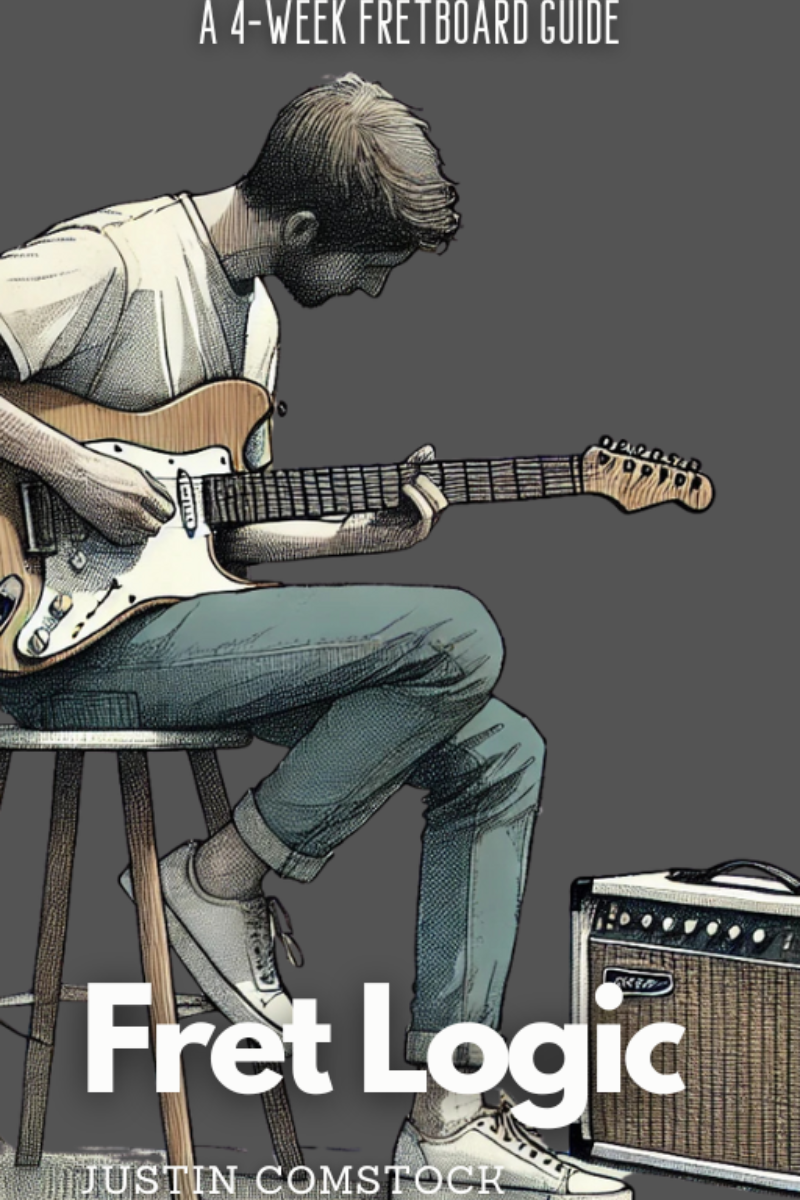
Join Guitar Freaks Hangout on Discord! 🎸
Get Fret Logic FREE!
Join the Guitar Freaks Hangout Discord and get exclusive access to my entire e-book, Fret Logic! Master the fretboard and elevate your solos with this comprehensive guide.
👉 Don’t miss out—join now and download your free copy!
Step 1: Learn the Notes of the Chromatic Scale
The foundation of memorizing the fretboard lies in understanding the 12 notes of the chromatic scale:
A, A#, B, C, C#, D, D#, E, F, F#, G, G# (and back to A).
Tips to Remember:
- There are no sharps or flats between B and C or E and F.
- The sequence repeats every 12 frets (an octave).
Exercise:
- Play the chromatic scale on the low E string, naming each note aloud.
- Repeat on the A string.
Step 2: Memorize the Low E and A Strings
The E and A strings are critical reference points for scales and chords. By memorizing these strings, you can easily find root notes across the fretboard.
How to Memorize Guitar Fretboard Notes on the Low E and A Strings:
- Focus on the natural notes first (A, B, C, D, E, F, G).
- Practice finding sharps and flats in between.
Example Notes on the Low E String:
- Open: E
- 1st Fret: F
- 3rd Fret: G
- 5th Fret: A
- 7th Fret: B
- 8th Fret: C
- 10th Fret: D
- 12th Fret: E
Step 3: Use Patterns to Connect & Memorize Guitar Fretboard
The guitar is built on repeating patterns. Recognizing these patterns helps you memorize the guitar fretboard faster.
The 5th Fret Rule:
Each string’s 5th fret matches the open note of the next string (except G to B, which matches at the 4th fret).
Example:
- 5th fret of the low E string = A (open A string).
- 5th fret of the A string = D (open D string).
Step 4: Memorize Guitar Fretboard with CAGED System
The CAGED system is a powerful tool for understanding chords and scales across the fretboard.
How the CAGED System Works:
- The CAGED system maps out five basic chord shapes (C, A, G, E, D) along the fretboard.
- Each shape corresponds to a scale pattern, giving you a framework for improvisation.
Exercise:
- Play a G major chord in its open position.
- Find the next G major chord higher up the neck using the C shape, A shape, and so on.
- Practice connecting these shapes to scales.
For a deeper dive into the CAGED system, read our post on How the CAGED System Unlocks the Fretboard.
Step 5: Practice Scales to Memorize Guitar Fretboard
Scales are essential for both improvisation and fretboard memorization. Start with the major scale, which serves as the foundation for many others.
G Major Scale (Low E String):
- Frets: 3 (G), 5 (A), 7 (B), 8 (C), 10 (D), 12 (E), 14 (F#), 15 (G).
Exercise:
Play the G major scale across all strings, naming each note aloud. Repeat in different keys.
Step 6: Daily Exercises to Memorize Guitar Fretboard
1. Memorize Guitar Fretboard Quiz
Pick a random fret and string. Identify the note without referring to a chart.
2. String Skipping
Jump between non-adjacent strings while naming the notes.
3. Scale Patterns
Practice playing scales diagonally across the fretboard to connect different areas.
Apply Your Knowledge to Songs
Reinforce what you’ve learned by applying it to real music. Play along with songs that use different positions on the neck or require frequent note identification.
Unlock More with “Fret Logic”
Ready to take your fretboard knowledge even further? Download my free e-book, Fret Logic, and get detailed diagrams, advanced exercises, and expert tips to master the guitar fretboard.
Download Fret Logic now and start playing with confidence!

Join Guitar Freaks Hangout on Discord! 🎸
Get Fret Logic FREE!
Join the Guitar Freaks Hangout Discord and get exclusive access to my entire e-book, Fret Logic! Master the fretboard and elevate your solos with this comprehensive guide.
👉 Don’t miss out—join now and download your free copy!
Join the Guitar Freaks Hangout
Learning is better with friends! Join the Guitar Freaks Hangout on Discord to connect with other guitarists, share tips, and stay motivated. It’s free, fun, and full of inspiration.
Click here to join the Hangout.
Final Thoughts
Learning to memorize the guitar fretboard takes consistent effort, but the rewards are worth it. With tools like the CAGED system, scale practice, and daily exercises, you’ll unlock the fretboard and play with greater confidence and creativity.
Don’t forget to download Fret Logic for additional guidance, and join our community on Discord to share your progress and learn from others. Happy playing!

Join Guitar Freaks Hangout on Discord! 🎸
Get Fret Logic FREE!
Join the Guitar Freaks Hangout Discord and get exclusive access to my entire e-book, Fret Logic! Master the fretboard and elevate your solos with this comprehensive guide.
👉 Don’t miss out—join now and download your free copy!

